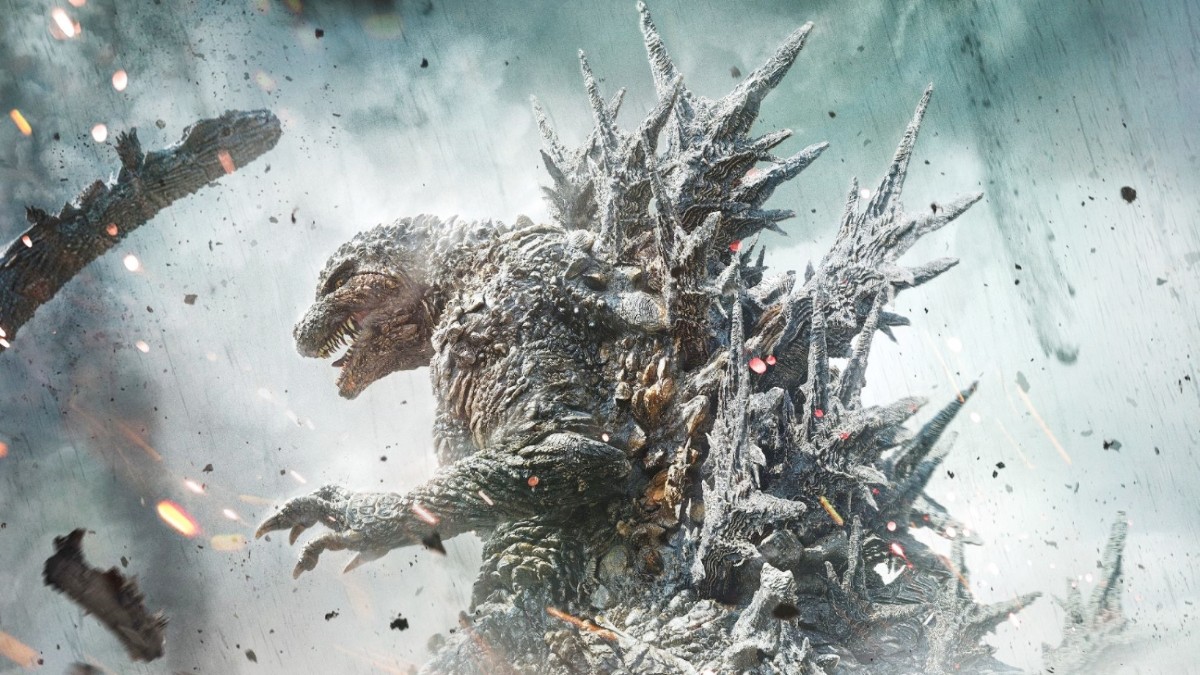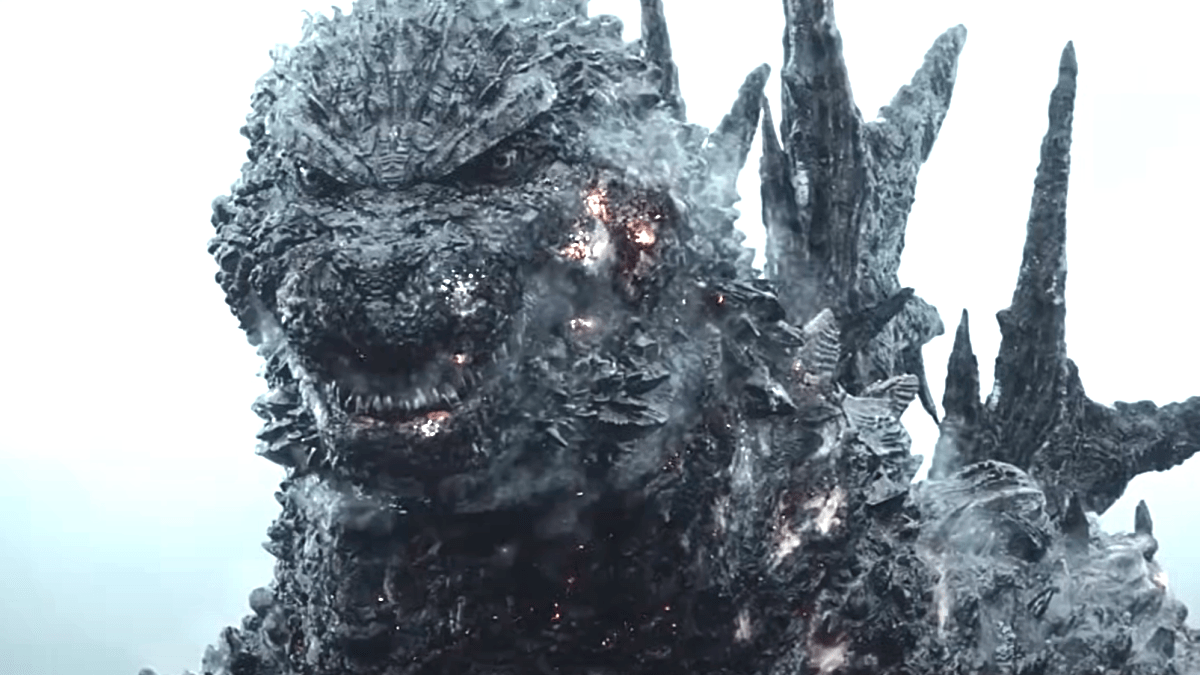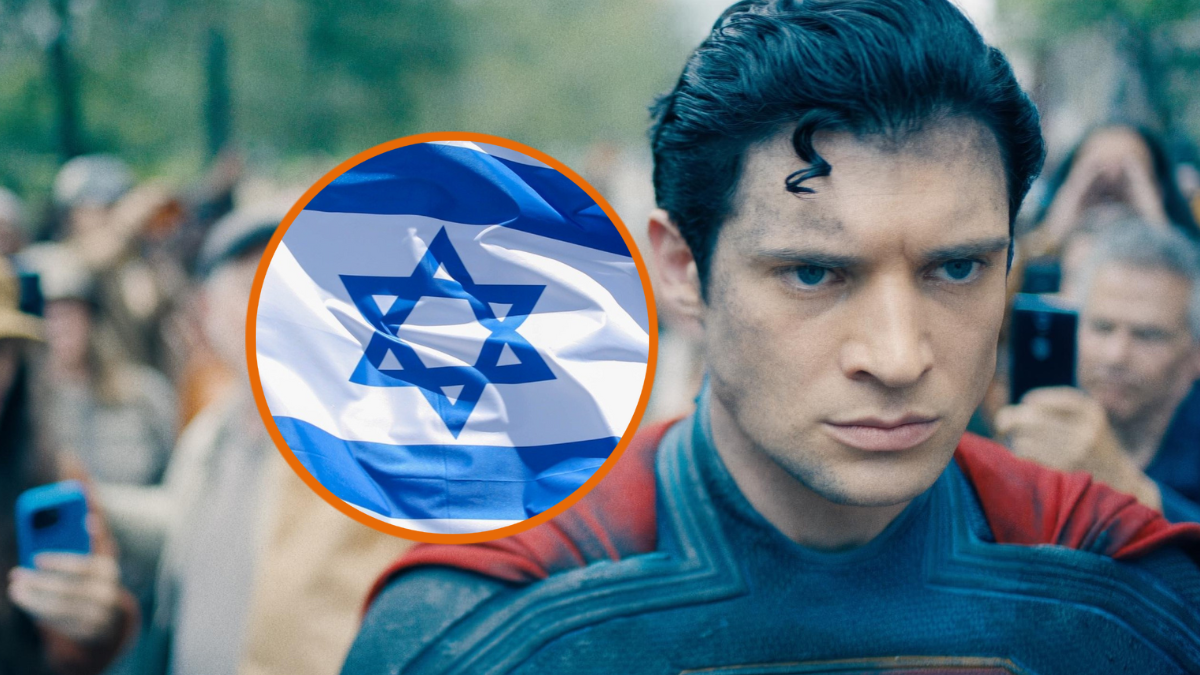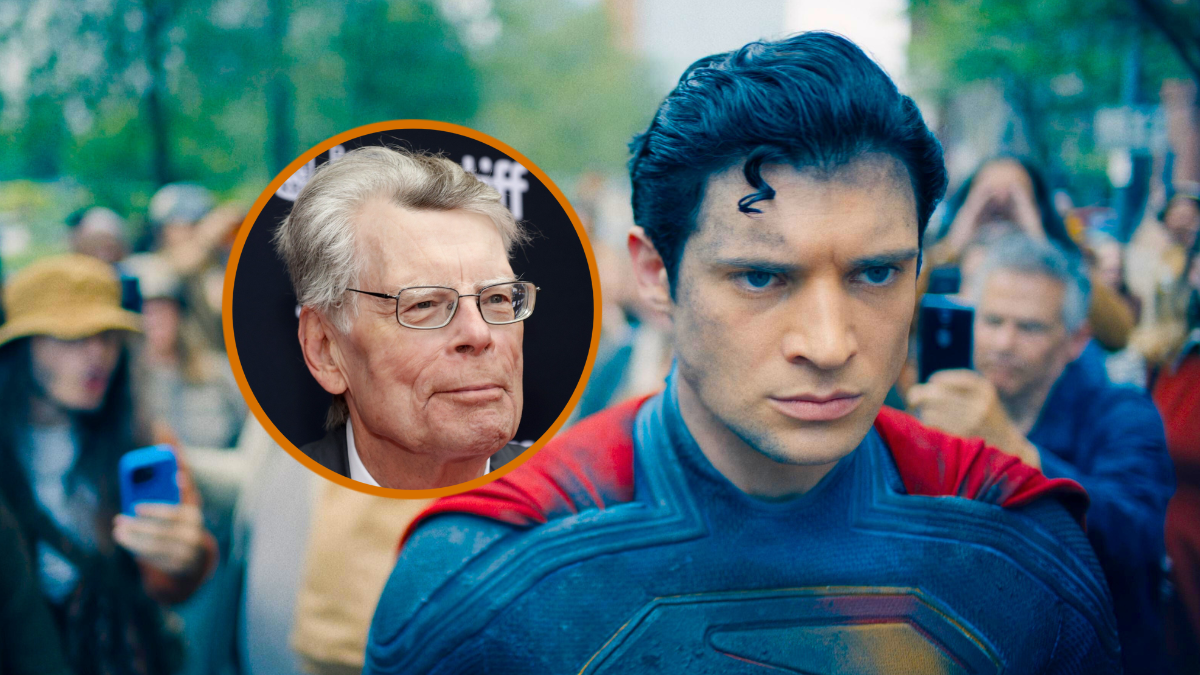It’s only natural to want to know where monsters come from, but the results are never as interesting as you hope. With that in mind, let’s dive into the origin of Godzilla, in the hope that a well-informed public will keep the studio system from making a Hannibal Rising-style prequel about the giant lizard’s difficult relationship with his stepfather.
Where did the idea for Godzilla come from?
From a conceptual point of view, Godzilla’s origins are pretty straightforward: He’s a thundering allegory for the nuclear age. Producer Tomoyuki Tanaka, writer/director Ishirō Honda, and co-writer Takeo Murata would’ve had a difficult time being more straightforward about that when they made the 1954’s Godzilla.
Less than a decade prior, in 1945, the American military had dropped nuclear bombs on Hiroshima and Nagasaki, and the horrific results were still fresh in the minds of a traumatized nation. What’s more, a few months before the film went into production, American hydrogen bomb testing in the Bikini Atoll led to a blast of unpredicted magnitude two and a half times larger than anticipated.
Beyond the substantial amount of contamination to the local environment, the explosion showered the nearby civilian fishing vessel, Lucky Dragon Number 5, with radiation, sickening the boat’s crew and killing its radio operator. The event was recreated in the opening moments of Godzilla, and the bombings of Nagasaki and Hiroshima served as a visual template for the monster’s tear across Tokyo.
The results are still staggering to this day. After decades of campy movies for kids, it can be easy to forget that the first Godzilla movie was a genre-defining disaster picture, inspired by some of the most haunting and monstrous events in human history. Watching clips from the 1954 film, it’s difficult to think of this as anything other than what it was: An expression of grief, fear, and trauma by people who lived through atrocities that no one will ever be capable of processing, distorted through an artistic lens for easier public consumption. As Tanaka later put it, “Godzilla is the son of the atomic bomb. He is a nightmare created out of the darkness of the human soul. He is the sacred beast of the apocalypse.”
It’s also worth noting, for the sake of not bringing the room all the way down, that Godzilla is also a phenomenal dancer.
As the years passed and the audience for Godzilla stories yo-yoed back and forth from being 8-year-old boys to being 40-year-old ex-8-year-old boys, the concept of Godzilla changed. He went from being a stand-in for the collective trauma of a nation and their fear that it all might happen again, to a birthday party mascot-slash-professional wrestler. With these shifts, and a long list of fresh-faced creative teams eager to leave their stamp on the franchise, the character’s origin story changed significantly. There’s no set, singular genesis of Godzilla — more a sampling of different thoughts on the subject, marking the sensibilities of the time periods that they came from, like musical guests on Saturday Night Live.
What’s Godzilla’s fictional origin story?

In 1954’s Godzilla, the film’s title monster begins as a mystery. We learn that he was, at least theoretically, some sort of prehistoric underwater creature, living peacefully far beneath the waves and eating weird fish with his family. Then came the hydrogen bomb tests, destroying his kin and cheesing him right off, leading to the destruction of Tokyo. That Godzilla is killed at the end of the film, courtesy of the Oxygen Destroyer device — another great scientific death machine, unleashed in the hopes of ending violence.
This was roughly the company line on Godzilla for the next 20 years: He was a sea monster, awakened by man’s hubris. In 1984, the franchise’s Heisei era began with The Return of Godzilla. Getting a head start on movies like Superman Returns and what feels like every other Terminator sequel, the film ignored everything after the original movie, picking up 30 years after the events of Godzilla ‘54. Later in this series, during 1991’s Godzilla vs. King Gidorah, audiences learned that Godzilla was actually a deformed version of the fictional Godzillasaurus, mutated by the actions of a Soviet nuclear submarine after being trapped in ice by aliens in what was supposed to be a more grounded timeline. Oh well.
2014’s Godzilla made the real-life hydrogen bomb test at the Bikini Atoll in 1954 an in-universe attempt to beat up the terrible lizard thing, now a terrible prehistoric water lizard once again. 2016’s Shin Godzilla reboot made the beast a completely new species, spawned by nuclear waste dumps. Godzilla Minus One — technically not a sequel or a prequel or part of the franchise’s over-arching convoluted storyline — depicts him as a mutated dinosaur made more dangerous by American nuclear tests in the ‘40s.
The anime series Godzilla: Planet of the Monsters posited that Godzilla is a highly evolved plant. Somehow, this was perceived as still being less dumb than the origin from the 1997 TriStar Godzilla movie: That Godzilla was an iguana until he was irradiated by the French. Those dang French. Famously always the first ones in line to drop nuclear bombs on things.











Published: Dec 3, 2023 11:51 am